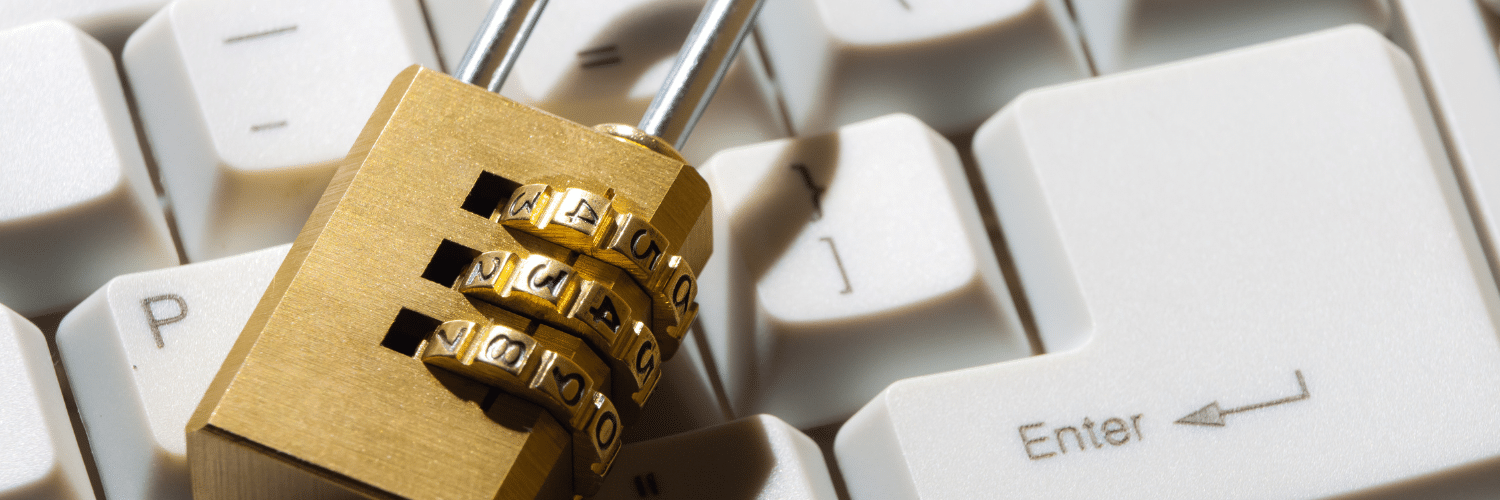If you have a range of digital assets, it is important to put in place a digital estate plan to ensure the safeguarding and legal transfer of these following your death.
What Are Digital and Online Assets?
In the modern world, many people will already own a collection of digital assets – even if you don’t think of them that way. Digital photos and videos, blog posts, social media accounts and even cryptocurrency and non-fungible tokens (NFTs) are all online or digital assets. Some of these assets (such as photos of your family holiday) may hold value only to you and your loved ones. Others will have financial value that needs to be safeguarded.
Why Do You Need Digital Estate Planning?
As we live our lives increasingly in online spaces, safeguarding your digital assets is becoming more and more important. Planning for what you want to do with your digital assets when you die should be a part of any estate planning process. Digital estate planning helps to protect and preserve your online assets, as well as safeguarding your digital property from harm.
Without a digital estate plan, it can be difficult for your family and loved ones to access and manage your assets after you pass away. Because these assets are normally and necessarily protected by passwords and other safety features, it is important that you plan for how they can be retrieved by your loved ones so they are not lost forever.
Additionally, the digital nature of these assets can mean that the normal rules around inheritance won’t apply in the same way. For example, your digital photos may be able to be shared with all of your family when you die, as opposed to a single beneficiary. However, some assets (like anything with a monetary value, for example NFTs) will require a nominated person to take ownership of them following your death.
What Does Digital Estate Planning Involve?
There are four key steps involved in estate planning for your digital assets. Following these steps can ensure that your online property can be accessed and transferred to your loved ones as needed.
Create an inventory of your assets
Having a comprehensive and detailed list of your assets is a crucial first step in digital estate planning. List all important accounts, files and devices, including email, social media, cloud storage, banking and cryptocurrency accounts, and more.
Store all login details
You may choose to manually create a log of all your passwords and log in credentials, however this will need to be updated every time you change these details. Another option is to store all access data under a single log in.
Choose a digital estate executor
Just as with a regular estate executor, this should be a trusted person who you know will follow your instructions and safeguard your property. It is best if your chosen person has some knowledge of digital platforms and programs, so that they can execute your wishes properly.
Include your digital estate plan in your Will or other documents
Make sure your plan is incorporated into your legal estate planning documents so that it can be reviewed by a legal professional and will be considered when you pass away.




